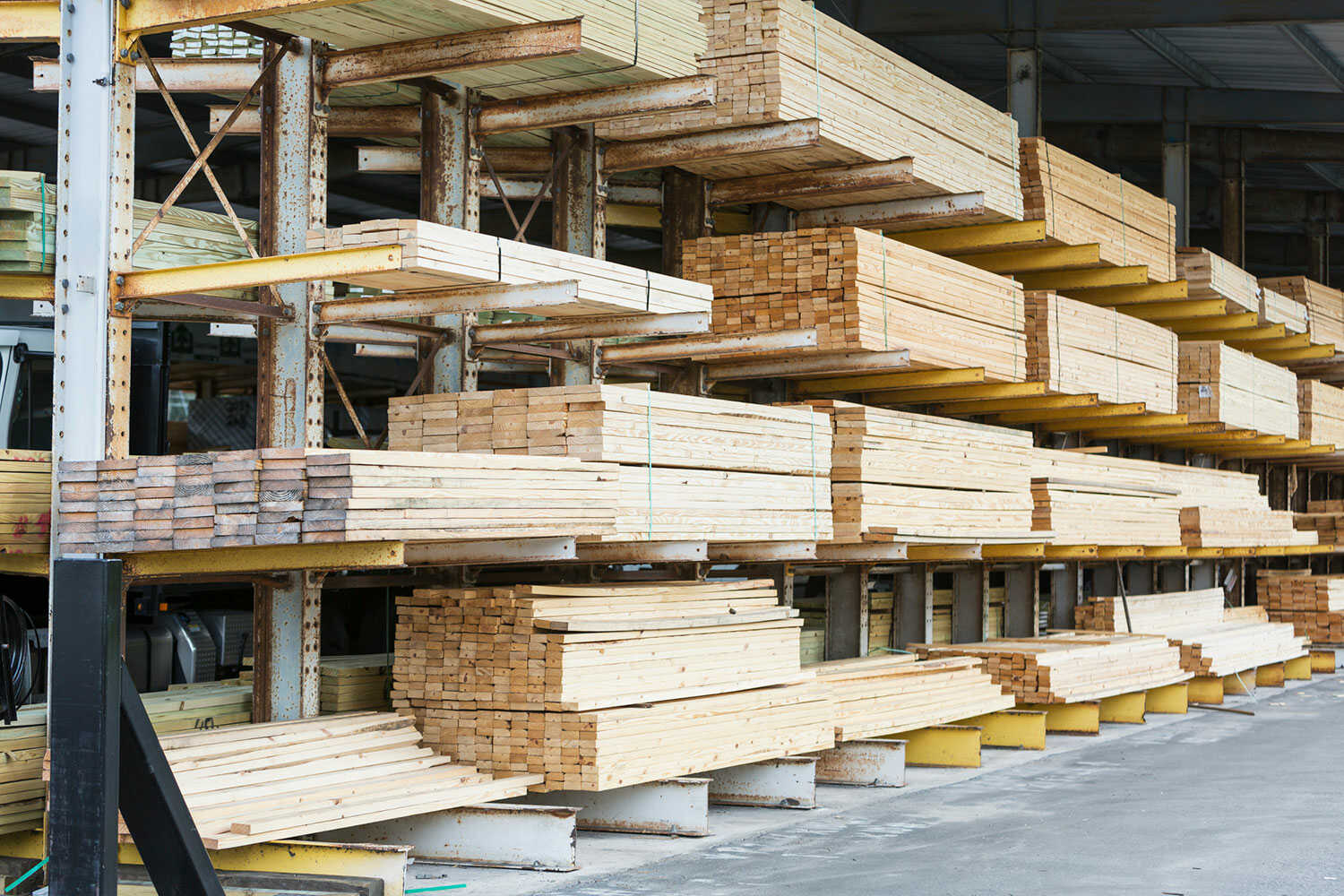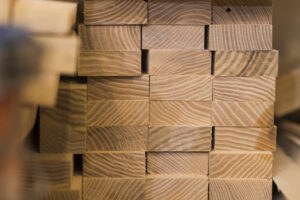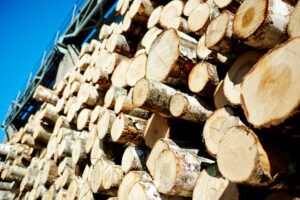The pandemic added to an already volatile lumber market, but we could see a return to normalcy in the coming months.
Key Takeaways:
- Lumber prices reached historic highs in 2021.
- The pandemic and other related factors drove these prices.
- Prices are significantly lower in 2022.
- More price drops could be coming.
The COVID-19 pandemic created an incredibly volatile global lumber market. In fact, prices were more volatile at the peak than at nearly any other time in history, wreaking havoc on businesses and individuals relying on lumber daily.
Every lumber-related business felt the pinch, especially as lumber futures reached prices of over $1,700 per thousand board feet in the spring of 2021. Luckily, prices are already decreasing significantly in 2022, dropping below $700 per thousand board feet by mid-July but still well above the $343 per thousand board feet rates we saw in July 2019.
Lumber experts are optimistic that prices could drop further as we proceed through 2022, providing some breathing room for companies struggling to pay these high prices. Here’s some more information answering the question: Will lumber prices go down in 2022?
Why prices increased during the pandemic
To better understand where lumber prices are heading, it’s a good idea to look at why they got so high in the first place. There are a few factors.
The first factor was a construction boom. Significant demand for housing throughout the country increased the demand for materials. As construction companies sought more materials, manufacturers increased their prices because their supply was dwindling.
The gist is that there aren’t enough homes to go around in the country, so Americans are building more than in previous years. The early COVID period also increased home renovations as people stayed home, further using up supplies.
Next, there was a labor shortage at sawmills around the country. This problem affects businesses of all types, and sawmills and other lumber companies require workers to maximize their production. Without these employees, meeting demand became much harder.
Some mills temporarily shut down early in the pandemic and struggled to catch up with demand. Others couldn’t attract enough workers to meet demand, slowing production. Both scenarios resulted in less lumber for businesses and consumers to purchase, driving prices up.
Finally, the shortage of workers hindered supply chains. Getting products from point A to B was more challenging because there weren’t enough transporters to handle the job. The result was less wood available for consumers and builders, and higher prices at the point of sale.
There wasn’t enough wood to go around during the pandemic, so lumber companies charged a premium for the available materials. The lumber futures market got out of control during this period, but we’ve already seen a significant correction.
The current situation
The pandemic and lumber situations have changed over the past couple of years. We’re now learning to live with the virus, and sky-high lumber prices are no longer the talk of the town.
However, a labor shortage remains, which could be one reason we aren’t seeing pre-pandemic prices on lumber yet. Supply will take some time to catch up with demand and create a surplus, but changes to the housing market could alter the situation in the coming months.
The U.S. housing market is cooling due to rising interest rates. The Federal Reserve is trying to combat inflation and a potential housing bubble, and increasing these rates was one option to cool the economy and keep sustainable growth on track.
Increasing interest rates makes borrowing money more expensive, leading to a slowdown in new builds in the real estate sector. In short, people are holding off on construction projects until borrowing money becomes more affordable.
This trend, in turn, should reduce demand for lumber products and drive short-term relief for businesses that rely on wood. It’s worth noting, however, that the interest rate increase isn’t a permanent solution. It remains to be seen if lumber prices will have time to drop to their historical levels before the economy stabilizes.
What the future holds
We actually saw two lumber bubbles during the pandemic: one in 2020 and another in 2021. While we haven’t seen extremely high prices in 2022, we did see a substantial increase between May and July 2022.
What does this mean? This price increase could signal that we’re in a small bubble that will pop once the market adjusts to the current inflationary environment and higher interest rates.
The result could be lower lumber prices in a few months, especially as mills get back to full capacity and supply chains increase their output. There’s no guarantee this will happen, but we do know that there should be less demand for lumber in the short term.
What we don’t know is whether we’ll ever see pre-pandemic lumber prices again or if higher levels are the new normal.
Are alternate materials an option?
As lumber prices escalated to unsustainable levels, composite materials, which are generally more expensive than wood, became more viable.
These materials are typically used for decking and fences, so they aren’t applicable in many situations, but builders that could use them started to go in that direction.
Manufacturers make composite boards from recycled plastic and leftover wood chips, but recycling plastic is very bad for the environment since it produces a lot of emissions. Many yards in the U.S. carry both lumber and composite boards.
Getting the materials you need
No matter the cost, some businesses need lumber to survive. Plywood, 2x4s, and other wood products are the lifeblood of these organizations, and they can’t settle for anything less than high-quality lumber delivered right when they need it.
Gulf South Forest Products is a leading global exporter of plywood, lumber, and utility poles. We strive to meet our customers’ needs, focusing on outstanding communication and service that puts your business first. While we can’t control lumber prices, we’ll ensure you receive your lumber when you need it at the most economical price. Contact Gulf South Forest Products today to learn more or get a quote.





